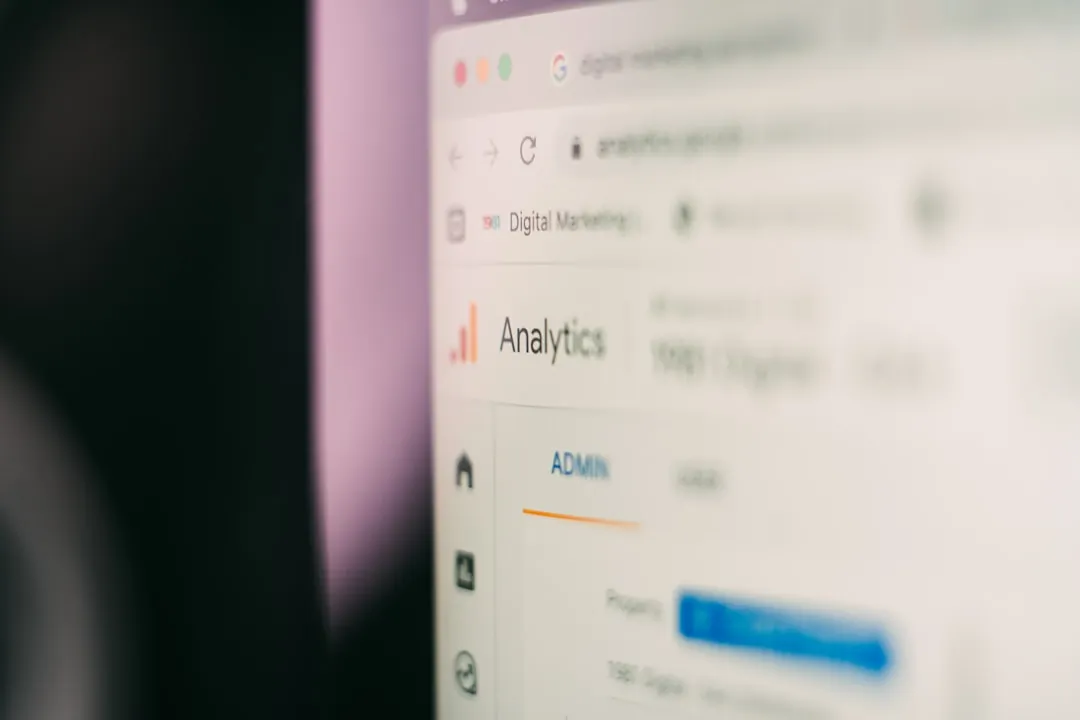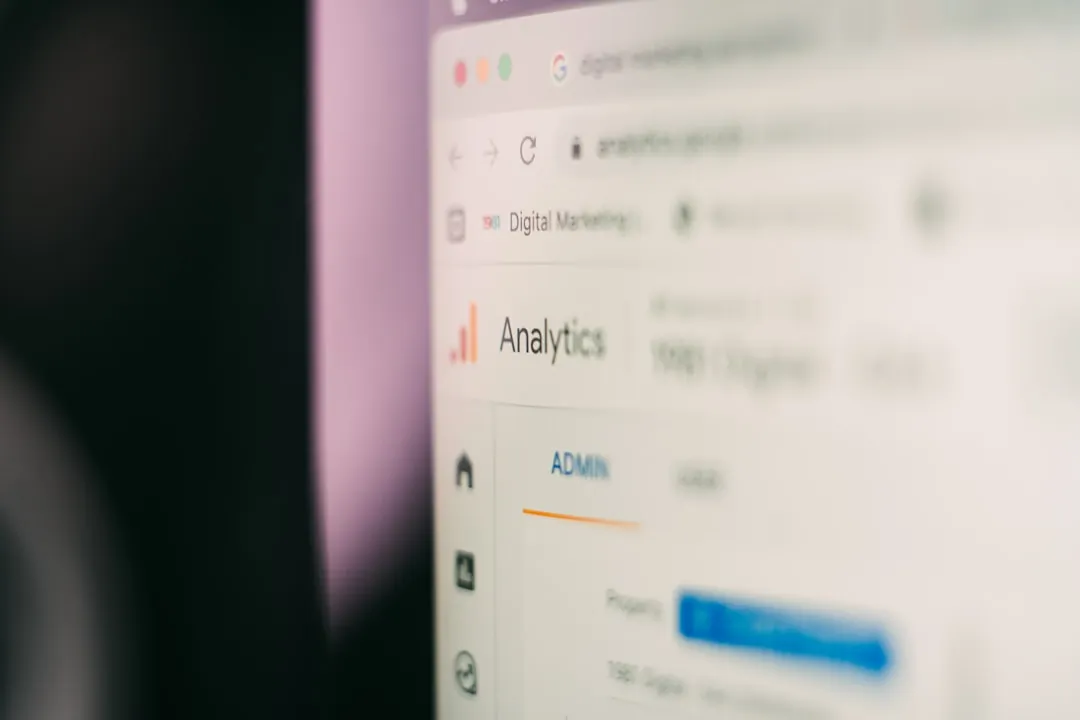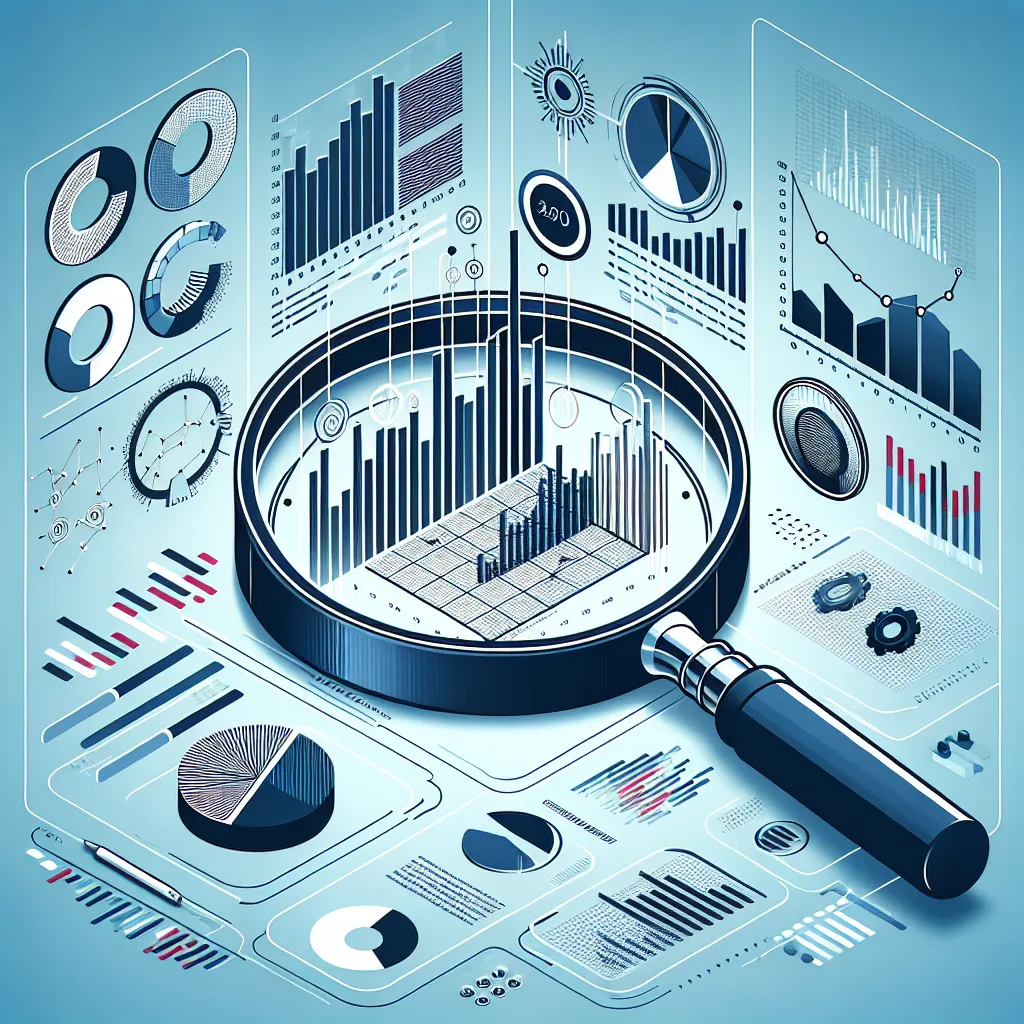Predictive analytics tools are software platforms that use historical data, statistical modeling, and machine learning to forecast outcomes without requiring deep coding skills. They let non-data-scientists run forecasts, score leads, and spot risks using visual workflows, AutoML, or natural-language queries. In a business context this matters because teams can move from intuition to data-driven decisions faster, reduce forecast error by up to 20–30% in typical pilots, and automate repetitive predictions like churn scoring or demand planning. This guide previews how no-code platforms differ (enterprise suites vs. self-serve), the tools worth evaluating in 2025, a step-by-step implementation workflow, industry templates, and governance tips so teams know when to keep using no-code or escalate to custom models. Readers will learn concrete selection criteria, an implementation checklist, and real-world templates for marketing, finance, and operations using predictive analytics tools.
Why no-code predictive analytics tools matter for non-data-scientists
Benefits of predictive analytics tools for business users (speed, accessibility, automation)
They shorten the time from data to decision. No-code platforms deliver drag-and-drop model building, automated feature engineering, and one-click deployment so business analysts produce forecasts in days instead of weeks. Typical benefits include faster decision cycles, fewer IT tickets, and automated report delivery. For example, a retail team using a no-code tool can replace monthly manual forecasts with daily automated projections and alerts, improving inventory turns by 8–12% in pilot programs.
Common no-code use cases: sales forecasting, churn prediction, trend anticipation, risk identification
Teams most often apply these tools to:
- Sales forecasting: pipeline-to-revenue models that update with CRM inputs.
- Churn prediction: binary scoring for retention campaigns.
- Trend anticipation: short-term demand forecasting and seasonality detection.
- Risk identification: fraud flags and credit-risk scoring with explainable outputs.
Limits of no-code predictive analytics and when to escalate to data science
No-code is not a cure-all. It handles structured datasets and common problems well but struggles with ultra-high-cardinality data, custom feature creation, or novel algorithms beyond built-in AutoML. Teams should escalate when they need production-grade APIs, advanced model explainability for regulated use, or bespoke deep-learning architectures. A good rule: if model performance stalls or fairness concerns appear, involve data scientists.
Best no-code predictive analytics platforms and software in 2025
Enterprise predictive analytics platforms (SAS Viya, SAP Analytics Cloud, Alteryx): strengths and ideal users
Enterprise suites bundle governance, large-scale compute, and advanced forecasting. SAS Viya and SAP Analytics Cloud offer automated forecasting, centralized model governance, and integration with enterprise data lakes—ideal for finance and regulated industries. Alteryx emphasizes repeatable workflows and data prep for larger analyst teams. These platforms fit organizations needing strict security, SLAs, and cross-team deployment.
Self-serve and SMB-friendly tools (ThoughtSpot, DataRobot, Microsoft Power BI, Tableau extensions): ease-of-use and quick wins
ThoughtSpot and DataRobot focus on natural-language queries and simple AutoML; Power BI and Tableau gain predictive capabilities via extensions and embedded AutoML. These tools are great for SMBs or lines of business that want rapid adoption, low training overhead, and immediate ROI from sales or marketing pilots.
Lightweight predictive analytics add-ons and AutoML services (Google Cloud AutoML, H2O.ai, RapidMiner): when to pick a plugin or API
AutoML services and plugins allow teams to add modeling power without building pipelines from scratch. Google Cloud AutoML and H2O.ai suit teams that need higher customization but still want low-code interfaces. Pick these when a cloud-native API or custom model tuning is needed without a full data science hire.
| Platform | Best for | Key strength | Avg. time-to-value | Pricing tier |
|---|
| SAS Viya | Enterprise finance | Governance & advanced forecasts | 8–12 weeks | Enterprise |
| SAP Analytics Cloud | ERP-integrated teams | Forecasting + BI | 6–10 weeks | Enterprise |
| Alteryx | Analyst-heavy teams | Data prep & workflows | 4–8 weeks | Mid-market to Enterprise |
| ThoughtSpot | Self-serve analytics | Search-driven insights | 2–6 weeks | Mid-market |
| DataRobot | AutoML adopters | Model automation & deployment | 3–8 weeks | Mid-market to Enterprise |
How to choose the right predictive analytics software for non-technical teams
Evaluation criteria: ease-of-use, data connectors, automated forecasting, explainability, security, pricing
When evaluating, they should score vendors across six dimensions: usability (onboarding time), native connectors (CRM, ERP, POS), forecasting features (seasonality, hierarchies), explainability (SHAP, LIME), security (SSO, encryption), and total cost of ownership. A simple scoring grid with weights (usability 25%, connectors 20%, forecasting 20%, explainability 15%, security 10%, cost 10%) helps compare objectively.
Matching tools to business goals: sales forecasting vs. risk modeling vs. demand planning
Match tool capabilities to the primary use case: for sales forecasting pick platforms with CRM connectors and rolling-horizon forecasts; for risk modeling prioritize explainability and compliance features; for demand planning choose hierarchical time-series support and inventory integration. Example: a mid-market retailer will likely prefer a tool with strong demand-forecasting templates and POS connectors over a general AutoML service.
Vendor checklist and pilot success metrics for selecting predictive analytics tools
A vendor checklist should include deployment options, data residency guarantees, SLA, and training resources. Pilot success metrics: forecast accuracy improvement (MAPE reduction target e.g., 10–20%), uplift in campaign KPIs, automation rate (manual tasks removed), and time-to-first-insight. Use a 6–8 week pilot with clear KPIs.
| Criterion | Question to ask | Success metric | Threshold | Weight |
|---|
| Usability | How long to onboard analysts? | Days to first model | <14 days | 25% |
| Connectors | Does it connect to CRM/ERP? | # of native connectors | >10 | 20% |
| Forecast features | Supports hierarchies & seasonality? | Forecast accuracy | MAPE <20% | 20% |
| Explainability | Provides feature importance? | Explainability tools | SHAP/LIME available | 15% |
| Security | Enterprise security & compliance? | Certifications | ISO/ SOC/ GDPR | 10% |
Implementing no-code predictive analytics: step-by-step workflow
Data integration and preparation without code: connectors, templates, governance
Start with data mapping: identify sources (CRM, ERP, web analytics), then use built-in connectors and templates to ingest data. They should set naming conventions, data lineage, and access controls up front. Example: connect CRM for sales forecasting, join with marketing spend, and standardize date keys to avoid misalignment.
Building, validating, and interpreting models in no-code platforms (AutoML, templates, explainable AI)
Use AutoML templates for baseline models, then validate with holdout sets and backtesting across seasons. Look for explainability outputs (feature importance, counterfactuals) so non-data-scientists can trust predictions. A typical approach: run AutoML, review top features, and perform a 3-month backtest to compare model vs. actuals.
Deploying forecasts, automation, and monitoring: scheduling, alerts, model retraining, and performance tracking
Deploy forecasts to dashboards and automate exports to downstream systems. Implement monitoring: drift detection, alert thresholds, and periodic retraining schedules (weekly, monthly). Track operational metrics: model latency, accuracy decay, and business impact (inventory reduction, revenue uplift).
Industry-specific templates and real-world use cases for non-data-scientists
Marketing & sales: lead scoring, campaign uplift, pipeline and revenue forecasting with no-code tools
Marketing teams can use lead-scoring templates to rank prospects and feed scores to automation platforms. Campaign uplift models help allocate budget by predicting incremental conversions. Sales teams use pipeline-to-revenue templates that map CRM stages to expected close rates and timing.
Finance & risk: cash flow forecasting, credit scoring, fraud detection using automated predictive analytics
Finance benefits from rolling cash-flow forecasts and scenario planning templates. Credit teams use explainable scoring models to approve lending, while fraud detection templates flag anomalous transactions using ensemble detectors and rule-based overlays.
Operations & healthcare: inventory/demand forecasting, capacity planning, patient outcome prediction
Operations teams apply hierarchical demand-forecast templates to manage SKU-level inventory. Healthcare providers use outcome-prediction templates for readmission risk and capacity planning, often requiring stronger privacy and explainability controls.
Best practices, governance, and scaling beyond no-code predictive analytics
Model governance, explainability, ethics, and compliance for predictive analytics platforms
They must implement model registries, versioning, and access controls. Explainability is essential for compliance: require interpretable outputs and documentation of training data. Ethical reviews should check bias across demographics and appropriate use cases to avoid harmful outcomes.
When to scale from no-code to code: integrating data science teams, APIs, custom models
Scale to code when customization, latency, or novel algorithms become necessary. Integrate by exposing model APIs, creating feature stores, and collaborating on MLOps pipelines. Use no-code platforms for rapid prototyping and transition winning pilots to reproducible code when ROI is proven.
Vendor negotiation, rollout checklist, and long-term ROI measures for predictive analytics initiatives
Negotiate pilot terms, SLAs, and training. Rollout checklist: pilot KPI agreement, security review, integrations, user training, and a three-month optimization plan. Measure long-term ROI via forecast accuracy, time saved, and business KPIs like reduced stockouts or improved campaign ROI.
In summary, predictive analytics tools democratize forecasting for non-data-scientists by combining AutoML, explainability, and connectors that shorten time-to-value. Start with a focused pilot, use objective vendor scoring, and track clear KPIs like MAPE reduction and automation rate. If models plateau or compliance needs rise, transition to code with data scientists while keeping no-code for prototyping. Next steps: pick one high-impact use case (sales forecast or churn), run a 6–8 week pilot with defined success metrics, and require explainability in vendor demos. That approach balances speed, trust, and long-term scalability when adopting predictive analytics tools.










